Google has done it again. There was some apprehension and no small amount of skepticism when word of a “Made by Google” phone started circulating. The very first Pixel phone managed to squash most, but not all, of those doubts. This time around, the question was whether Google will be able to repeat that miracle a second time around. As you can already tell by the intro, it did. The Pixel is back and better than ever, though it naturally has its fair share of flaws. We take it for a good spin to separate the wheat from the chaff and see what makes a true Android champion.
Camera
We’ll do something different this time. Rather than start with design or specs, we start with the Pixel 2’s biggest feature:its camera. Just like the first Pixel, it snatched up DxOMark’s most coveted top spot, leaving Apple and Samsung only a few days to enjoy their dominance. This is also where Google’s preference for algorithms, machine learning, and software solutions shine the brightest.
![]()
The change from last year’s model might seem minimal at first. From 12.3 megapixels with f/2.0 aperture to 12.2 megapixels with an f/1.8 aperture. The front camera actually remains unchanged, at 8 megapixels f/2.4. Google also refuses to jump onboard the dual camera train yet, which leaves it as one of the remaining few phone makers on that boat. But, as they say, the devil is in the details, and the Google has a lot up its sleeves to make up for those deceptive imperfections.
The Pixel 2 relies heavily on algorithms and image processing to attain that high DxOMark score. But before you write it off as something subpar to a dominantly hardware solution, let the results speak for themselves. Colors are crisp and bright, exposure and contrast are well balanced, HDR+ is always on and fast, and the camera’s fast response times ensures no moment is lost, especially moving ones like the first sample below.
The front camera is just as great, even when nothing has changed. Again, this is due to Google’s generous use of algorithms to make possible the nearly impossible.
Nowhere is that perhaps best scene than in the so-called Portrait Mode, also known as bokeh. Or in this case, fake bokeh. Without the benefit of a second camera, the Pixel 2 really has no choice but to rely on software tricks to separate foreground and blur the background. Ironically, it actually ends up performing better than those boasting two cameras. Harnessing the power machine learning, the Pixel 2 is able to accurately identify with stray strands of hair or whiskers as part of the subject’s face rather than the background.
![]()
That’s not to say that the Pixel 2 and Pixel 2 XL don’t have some fancy new photography hardware to speak of. In fact, Google is proudly revealing its first ever custom-designed system-on-chip, the Pixel Visual Core image processor. The chip is dedicated and optimized for image processing applications, currently HDR+ processing, that can run in the background at faster speeds and less power consumption. Strangely, the chip actually isn’t enabled in either Pixel 2 models. That will come with Android 8.1 Oreo, though, and Google will make it available even for third-party apps.
![]()
Hardware
With that out of the way, we can finally get down to the juicy specs. In truth, most of them will probably sound familiar by now. There’s the Qualcomm Snapdragon 835, still the king of mobile processors, Apple’s chip aside. Just as with dual cameras, Google still refuses to jump on the RAM bandwagon and limits the Pixel 2 and Pixel 2 XL to a plain 4 GB of RAM. Storage is plenty, at 64 GB and 128 GB, but, like any Nexus or Pixel before it, there is no expansion option.
Some specs might be a bit more contentious than others. First among those will be the removal of the 3.5 mm headphone jack, something Google ridiculed Apple for last year. Instead, Google wants you to really use its Pixel Buds, which will definitely remind many of the Apple AirPods in terms of functionality. One thing the AirPods don’t have, however, is the promise of near flawless automatic translation that the Pixel Buds offer. Or you can use the included USB-C to headphone jack adapter, which costs $9, previously $20, if you lose yours.
Despite staying put in most other things, Google did finally join the OLED army. The way it did it on both Pixel 2 models, however, is rather odd. The Pixel 2 gets a 5-inch AMOLED screen, with a traditional 1920×1080 16:9 resolution. That wouldn’t be so bad if not for the very thick and almost outdated bezels around it. In contrast, the Pixel 2 XL does get a fancier 6-inch P-OLED screen, with a resolution of 2880×1440, using that sweet 18:9 ratio. Sadly, there is a tradeoff in the form actual output, with the Pixel 2 XL show muted and bland colors, even with the appropriate settings turned on.
Design
The Pixel has always been an odd duck in terms of appearances and the Pixel 2 does little to change that. Sure, Google moved up the boundary between metal and glass on the back of both phones, but the duality of material will still reflect the split opinions on how handsome or unbearable the smartphones are.
![]()
The Pixel 2 seems to subscribe to the principle of “form follows function” by heart, with every inch of the phone serving a practical purpose but nothing more. The slightly rounded edges aid grip and squeeze but don’t exactly call attention to itself. The top glass portion is nothing more than a fancy way to let antennas do their job. The cameras, which previously lay completely flat, now bulges a bit to make room for OIS.
![]()
The Pixel 2’s design if functional at best, ordinary at worst. Those looking for the extraordinary in the design are looking in the wrong direction. Because what makes the Pixel 2 really extraordinary is the way it more or less locks you into Google’s ecosystem.
It’s Google’s world
There’s no beating around the bush. The Google Pixel is Google’s phone and, to make the most out of it, you will have to sink your teeth into Google’s menu. Not a concern for some, a necessary for others, and a privacy nightmare for a few.
Like with the first Pixel, the Pixel 2 gets a special flavor of Android 8.0 Oreo, with features not yet seen on any similar device. At least not yet. Most of that will immediately make themselves known the moment you turn on the screen. The Pixel 2’s bottom search bar is particularly controversial but its at-a-glance widget is something others are already trying to imitate. Google Duo video calling is baked into the Phone app, and switching between voice and video calls is made seamless and painless.
![]()
The Pixel 2 is billed as the perfect memory maker, so Google Photos naturally takes center stage. Sadly, unlike the Pixel before it, Google’s offer of “unlimited” full resolution storage expires in 2020. In exchange, Google Photos is learning a new trick via Google Lens. Harnessing computer vision and machine learning, Google Photos will be able to recognize objects in your photos so you won’t have to.
![]()
And then there’s Active Edge, which is Google’s version of HTC’s Edge Sense. The two are nearly the same, unsurprising since they’re both made by HTC, in that they allow you to call upon the powers of Google Assistant without saying a word. At least, not at first. How far Google will let users tweak and customize that is still something to be seen.
https://www.youtube.com/watch?v=bLikkX9c1K0
Wrap-up
There seems to be a duality in the Pixel 2 that goes beyond its two-tone finish. It is both impressive yet, at the same time, almost nondescript. It is familiar while also feeling a tad alien. It is similar enough to its predecessor to be recognizable as a Pixel yet changes enough that it feels like a completely different beast altogether.
![]()
This is Google’s vision for Android phones, and, as much as Google would want to, it’s not a vision shared by all Android users. Hardcore fans of the purity of Android will undoubtedly flock to it. Those who live and die by the photos they take on their smartphones will definitely have pause for thought on getting it. Beyond the small warts and complaints, Google has made the Android phone of the year again, proving that, yes, it can and will.
![]()








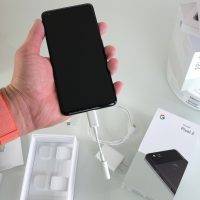
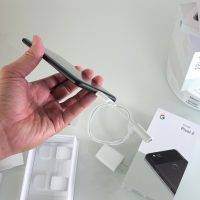


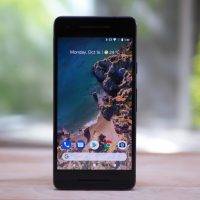

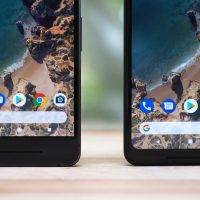
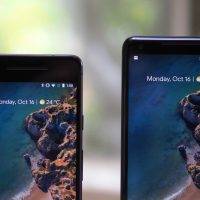
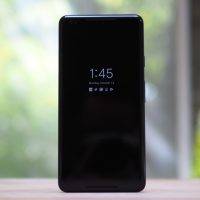


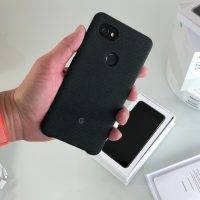

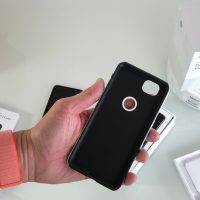

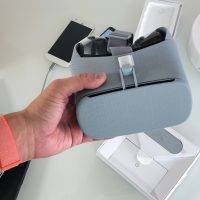

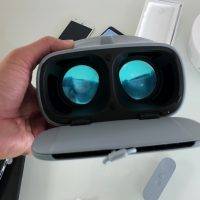
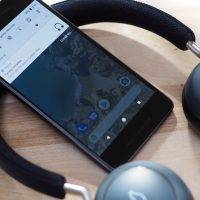

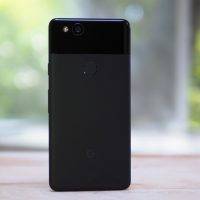
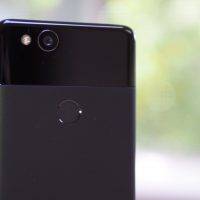
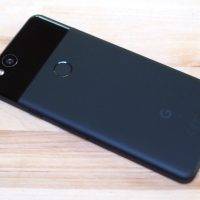
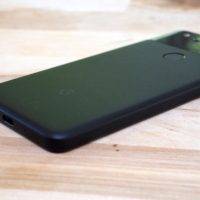
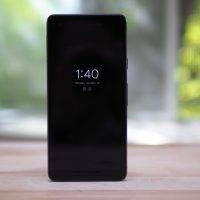


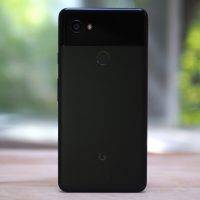
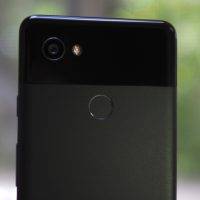



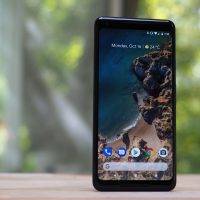

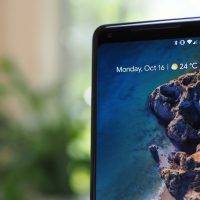









Hi Juan,
Indeed a great review. I am using Google Pixel and it is great smartphone to have these days, although bit overpriced but still good.